A popular surface choice for kitchens and bathrooms, subway tile is classic and versatile. The same timeless shape can be ordered in a variety of styles and installed in limitless design patterns. Selecting the tile is one step of the process, selecting your pattern is the next. The great news is that our surface experts at Village Home Stores can help you with each of these steps and work to communicate your project to a trusted installer. You can install the same 3” x 6” tile in several designs. In this post we wanted to share a list of some of the most requested patterns in our market. But first, let’s learn something shall we?
Why is it Called Subway Tile, Anyway?
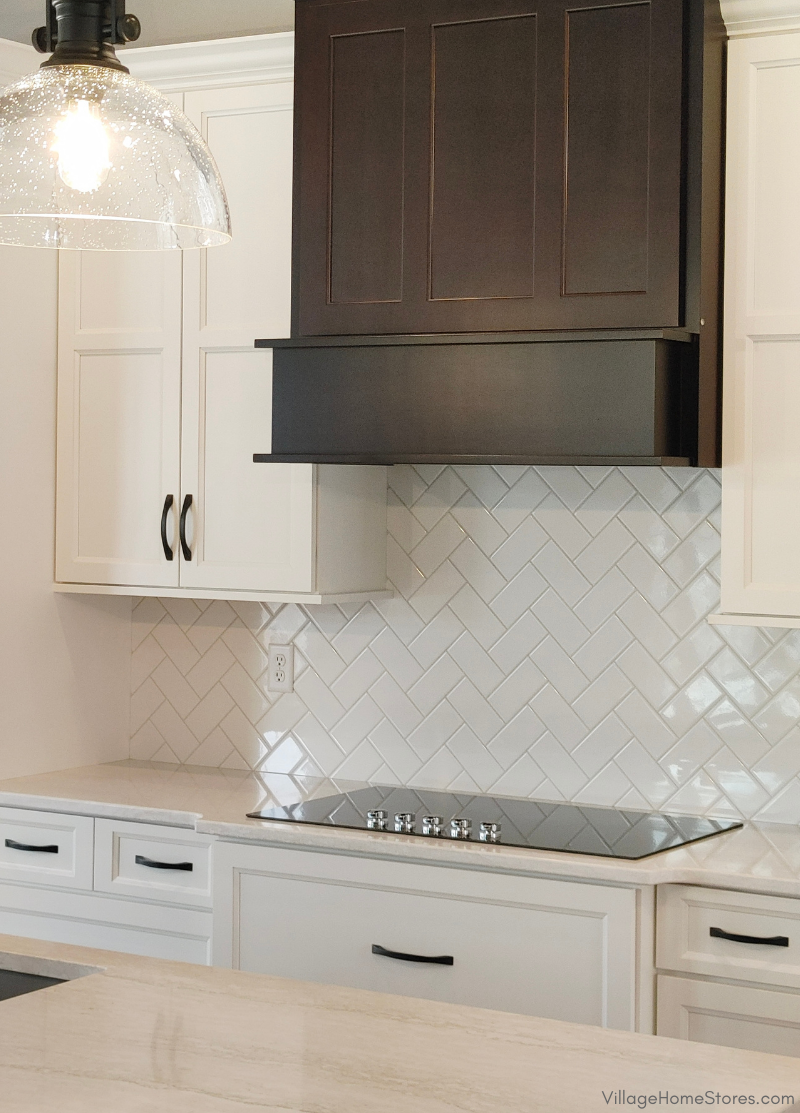
So, why and when did we give this classic rectangle-shaped tile a nickname? Well, the origin story of naming it “Subway Tile” begins in the New York City Subway of course. Many sources credit Christopher Grant LaFarge and George C. Heins of the Heins & LaFarge architecture firm for what we now know as subway tile. They used 3”x 6” tiles to create surfaces that were decorative and easy to clean for the first NYC Subway stations in 1904. Even the arches and curved areas included patterned designs using the tiles. These vaulted and barreled ceilings were covered in what looked like woven bands. They were constructed with a technique and tile combination new on the scene. Heins & LaFarge hired an arch expert, Spanish architect Rafael Guastavino to assist. Guastavino immigrated to New York in 1881 and has been a part of many historic buildings all around the country. The arched “Guastavino Technique” was even patented in the U.S. Many Guastavino tile arches can still be found installed throughout New York City. Guastavino and his son went on to register 24 patents. Many thanks to all these innovative gentlemen because the flat walls and arched ceiling surfaces filled with rectangles inspired the whole nation once in place. By the 1920s, people were seeking out the tiles for their homes.
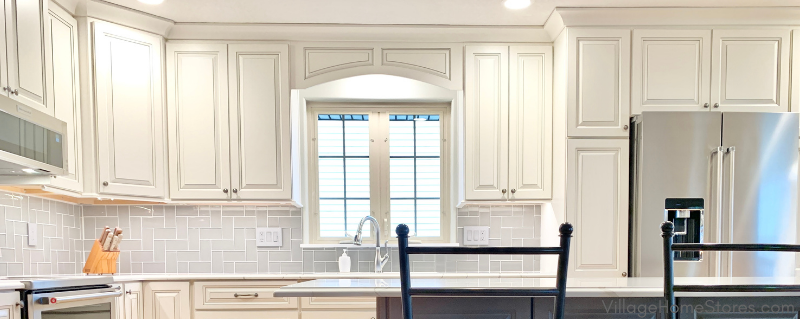
All this to say that subway tile is a versatile and classic surface choice for your home projects. And you don’t have to stick with the expected brick lay pattern when you install it. To help you think outside of the box, here are ten common patterns that you can use or combine for your project with Village Home Stores. Not sure which pattern may be right for your project? Check out the list and video below to see our 10 of our most popular subway tile patterns:
Watch Ten Subway Tile Patterns Take Shape
1. Horizontal Brick Set and Running Bond Tile
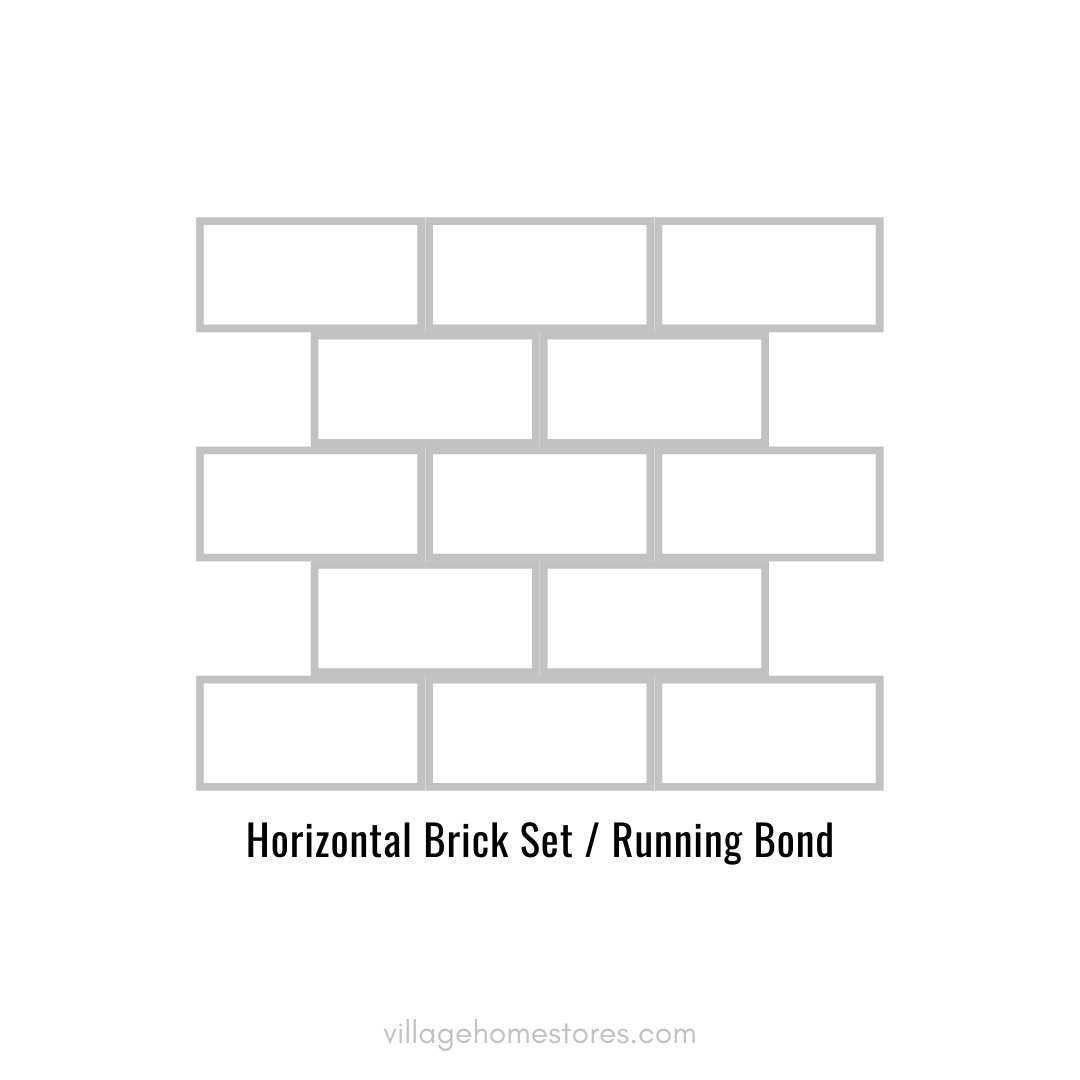
Horizontal brick set tile is possibly what you picture in your head when you think of subway tile. Also known as running bond design, tiles are laid out in horizontal lines offset at the halfway point of the tiles above and below them. A very common installation for large surface areas like full walls and shower walls.
2. Horizontal Stacked Tile
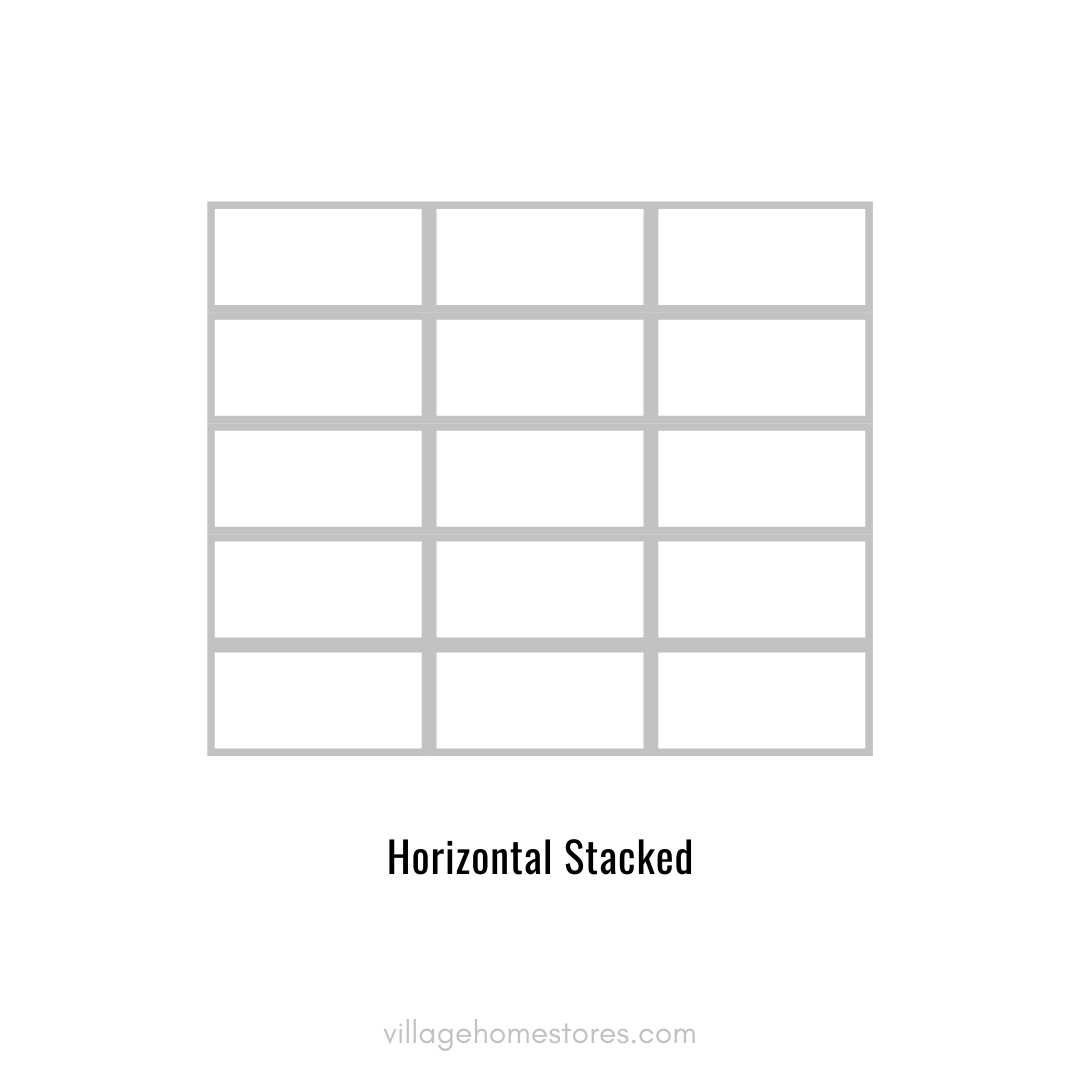
For a horizontal stacked tile pattern tiles are stacked straight atop each other without any offset. This can be a great way to help lean a traditional or even transitional design into a more contemporary style. Stacked tile designs are great to suggest for a customer who prefers clean lines and symmetry. Offset and heavy-patterned tile layouts can be too chaotic for some tastes. We see a lot of straight-stacked tile installations online now using subway, square, and elongated rectangle tiles.
3. Single Basket Weave Tile
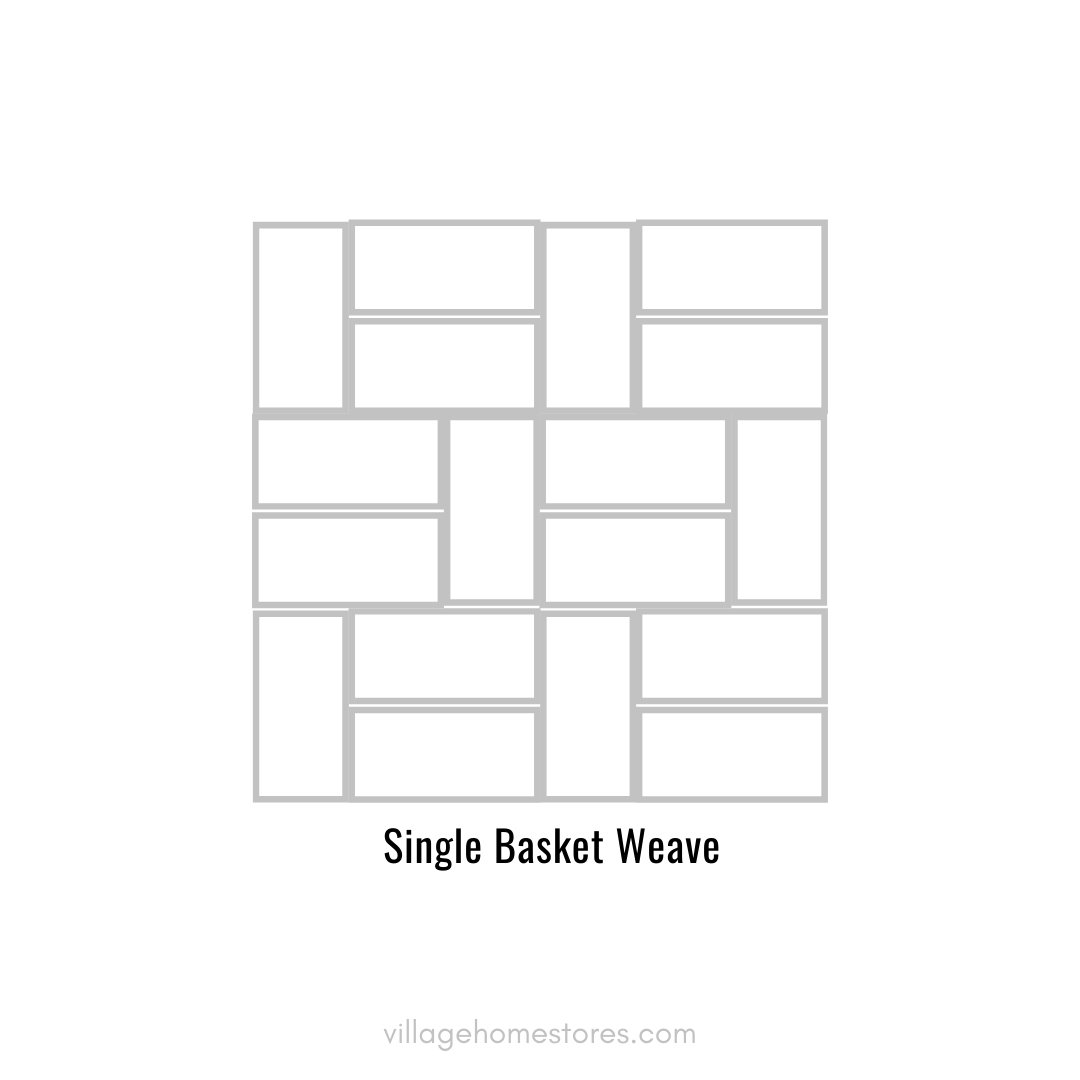
Looking for a way to add interest to a full surface area or in an accent space above a cooktop? Ask our tile experts about this single basket weave pattern. Basket weaves also offer something that an offset pattern can’t, cleaner edge lines. What do we mean? The end of a tile run will have no cut ends of tile if the pattern begins there. And an accent square or rectangle surface area can be planned to fit within a space very cleanly.
4. Double Basket Weave Tile
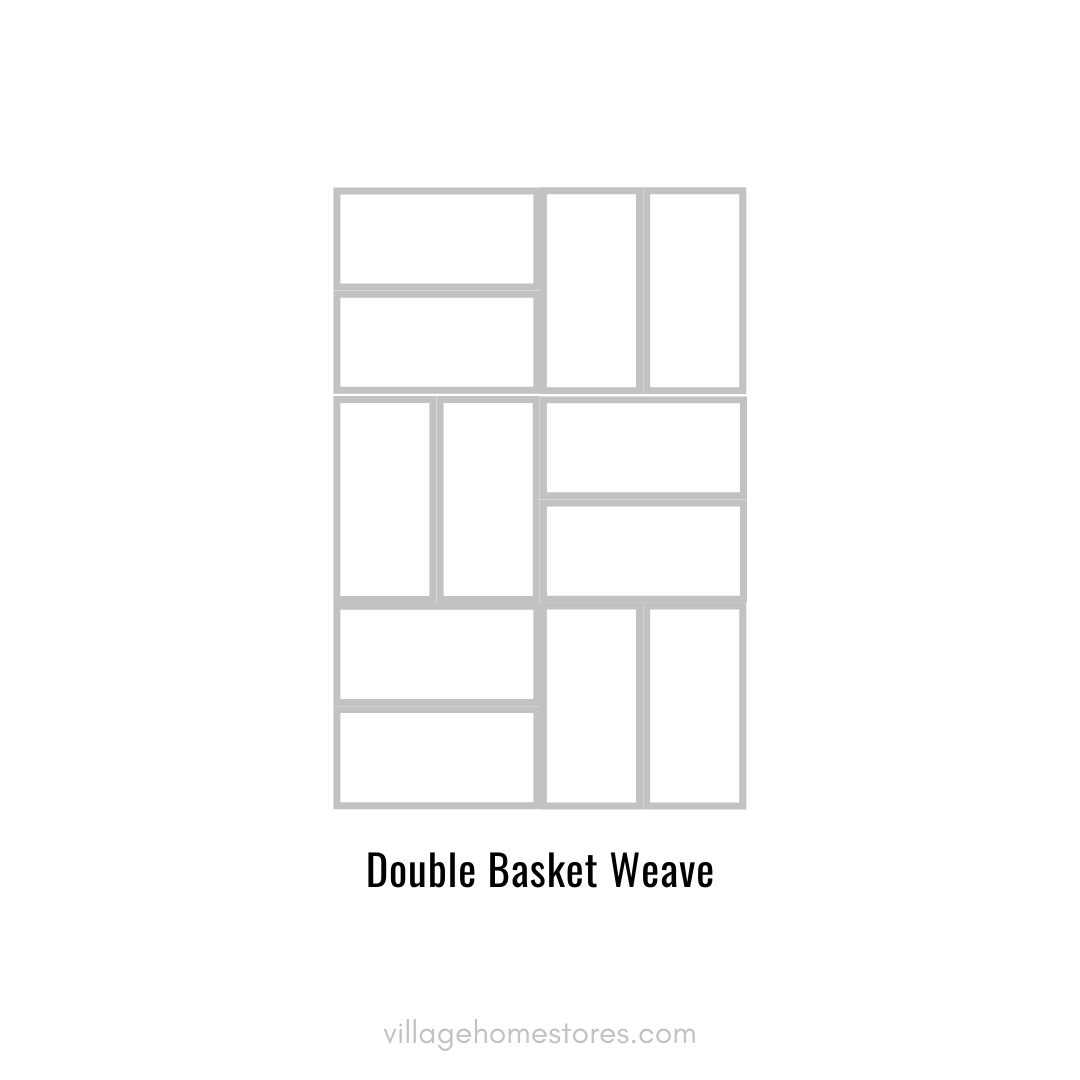
Double basket weave patterns can dance the line between many styles depending on the tile that you select. From farmhouse and cottage style to modern and everywhere in between. Basket weaves look great when using tiles that have color, sheen, or texture variations. Just like a single basket weave, a double basket weave can offer clean line ends and corners are easily championed for accent areas that need square corners.
5. Vertical Straight Stacked Tile

The same stacked technique we shared as number 2 on our list can be installed vertically. Vertical stacked subway tile creates a grid of rectangles in a vertical path, this pattern can be a great way to help suggest height to a surface area. This pattern also looks great as a change of direction or accent area behind a cooktop and range hood.
6. Vertical Stack Offset Tile

If you like vertical lines, consider taking the last pattern and just add a little rhythm to those lines with an offset vertical stack. Stagger each stacked line for an interesting look. See examples of many tile surfaces and patterns here on a Pinterest board we have curated.
7. Brick Set Running Bond Vertical Tile
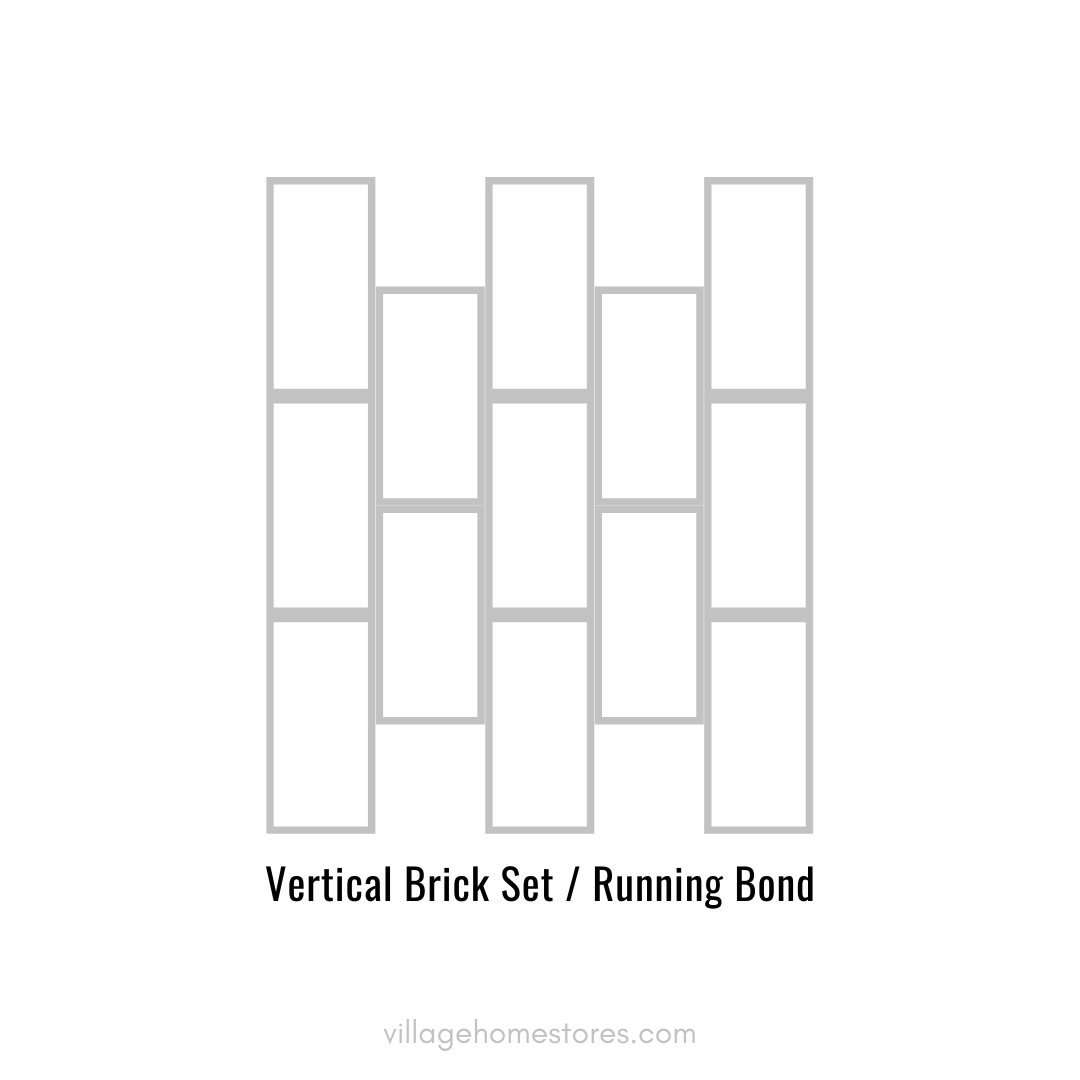
Another classic tile pattern installation is a brick set running bond in a vertical path. If taking big pattern risks are not exactly in your comfort zone, consider this vertical set option. It is still a very traditional look but just slightly unexpected. A vertical running bond pattern is another great candidate for the surface area in a cooking zone.
8. Brick Set Running Bond Diagonal Tile
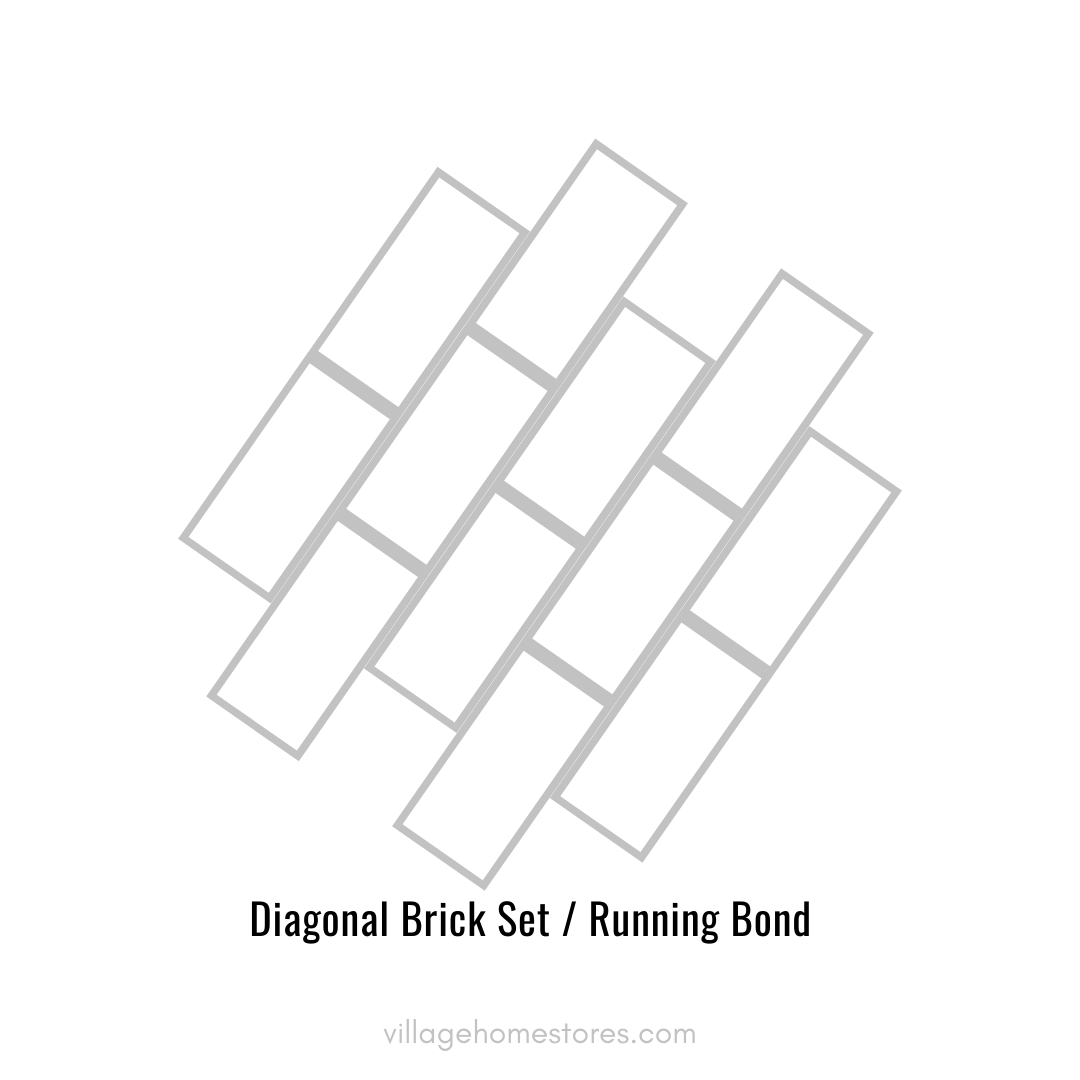
A popular variation of a standard brick set is to install the pattern on a diagonal. It is important to note that with many of these patterns (including this one), more tile may need to be ordered. This is because to cover a surface area like an 18” tall backsplash, this pattern requires more cut tiles to be installed. It can also be expected within our industry to possibly see more labor costs for any elaborate pattern installation.
9. Straight Herringbone Tile
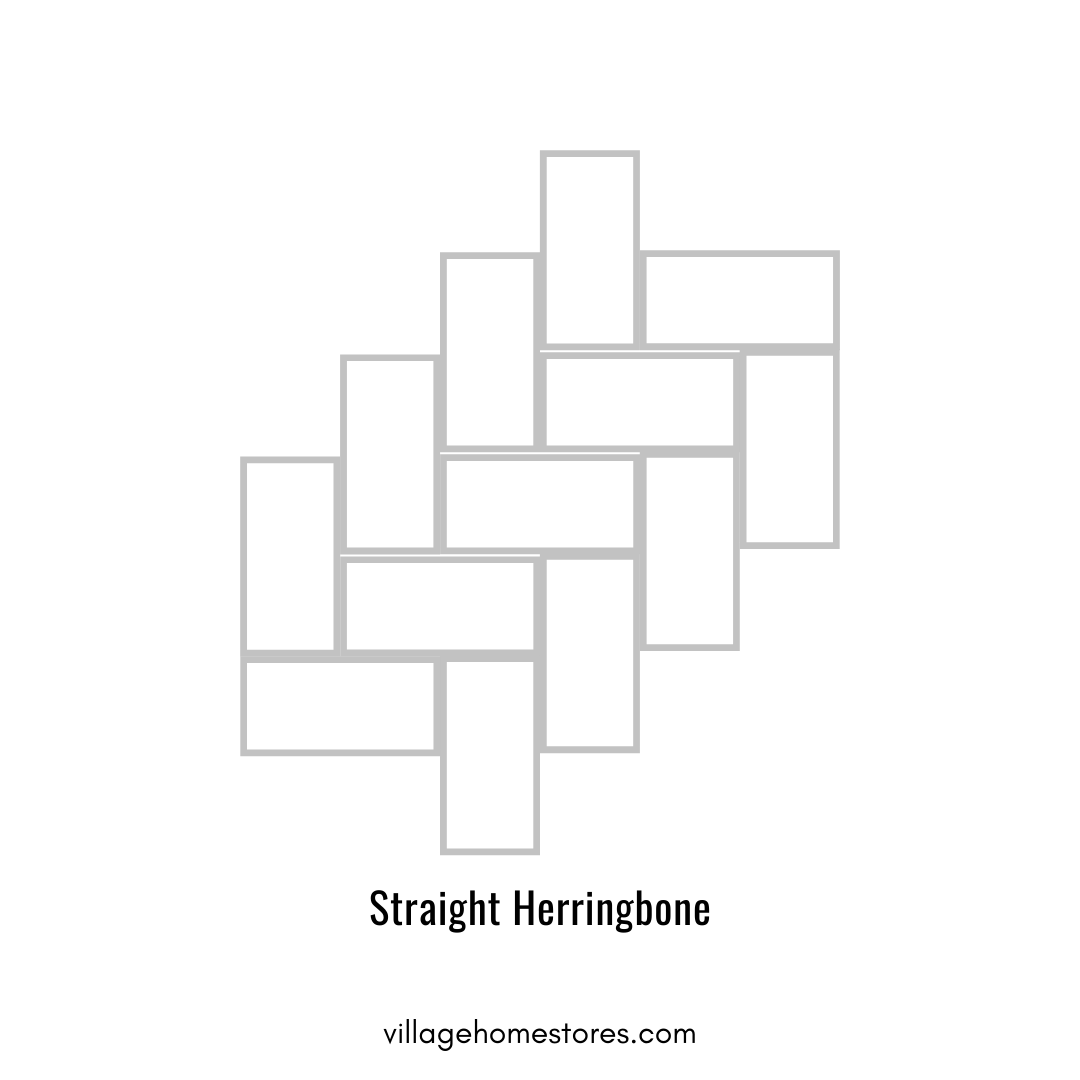
Subway tile is one of our best-selling surfaces. Our most popular patter outside of a brick lay is definitely a herringbone. Install with a matching grout to create an interesting one-toned texture or use a contrasting grout for lots of lines and interest. Note that herringbone patterns can also require more time, materials, and planning. But the end result is stunning!
10. Herringbone Subway Tile Pattern
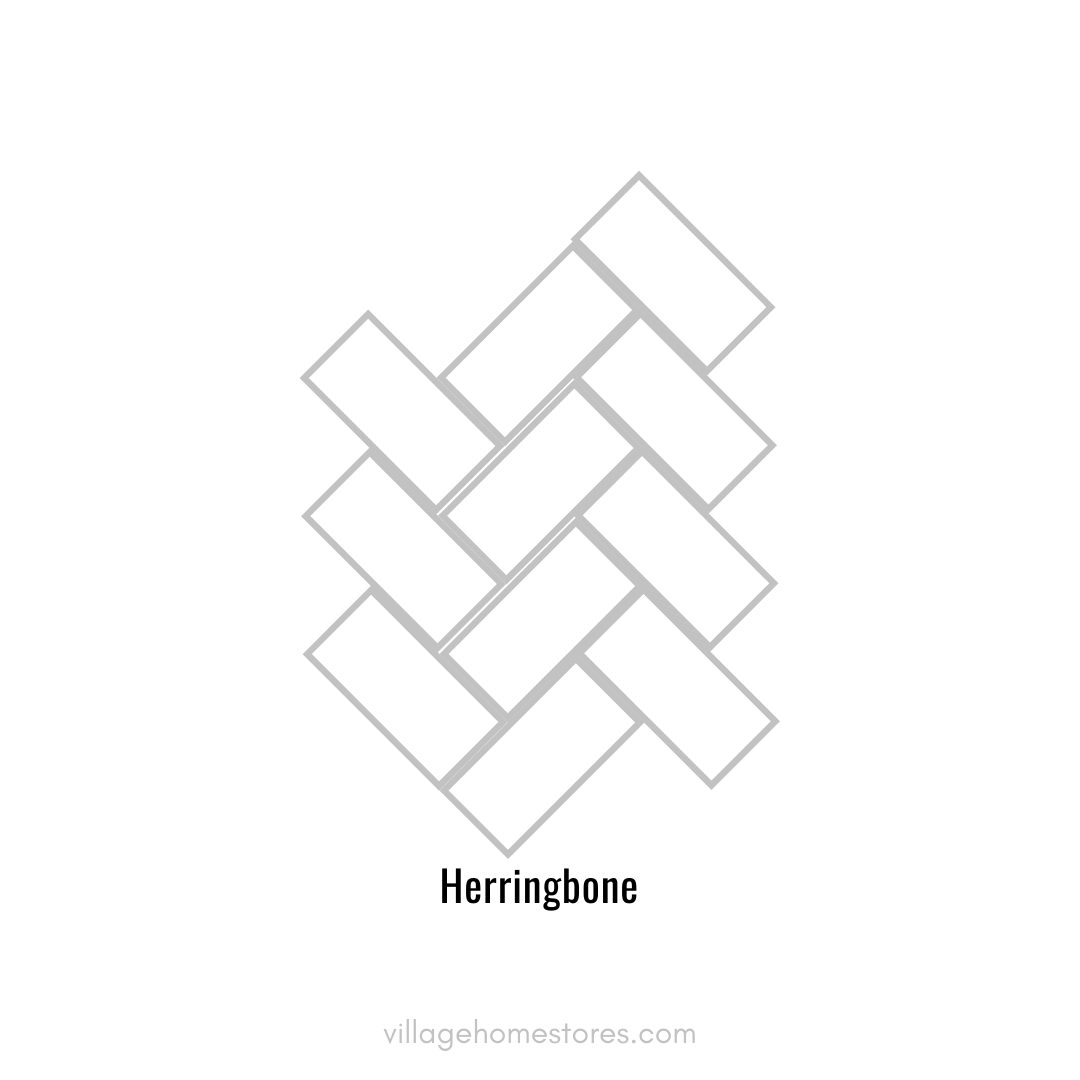
Finally, the vertically installed herringbone. This pattern looks woven with V’s headed in each direction. If all these choices seem overwhelming to you, don’t worry. The tile department at Village is set up to help make selecting, estimating, ordering, and installing tile surfaces as stress-free as possible.
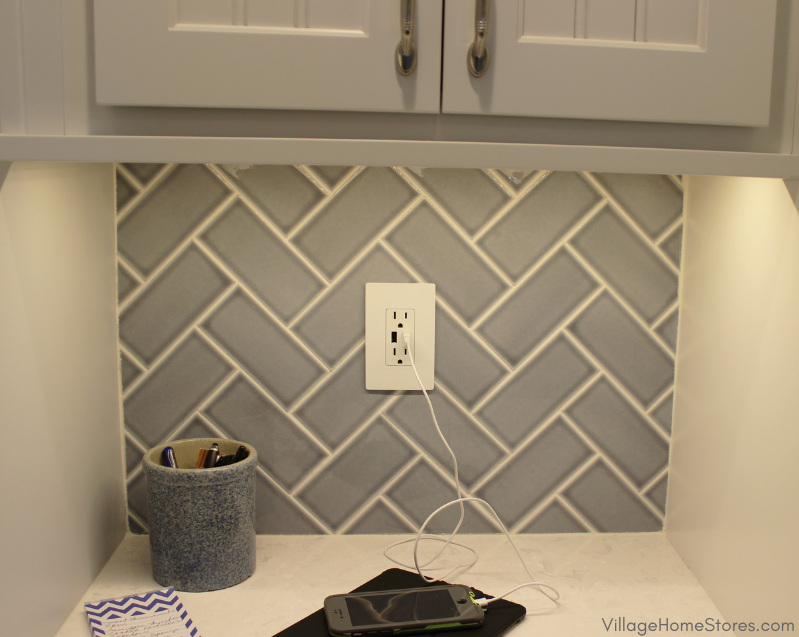
Print off a .pdf of all ten tile patterns as a great resource for you and your tile expert at Village Home Stores Here:
If you are ready to get started on your own tile project, we are excited to help! Connect with our team by calling us at (309) 944-1344 or make an appointment to come shop tile at our showroom in downtown Geneseo, IL 105 S State Street. You can send us a quick message here using the chat feature on the site or by completing this short form. We can’t wait to see what sort of tile project we can all dream up together for you.